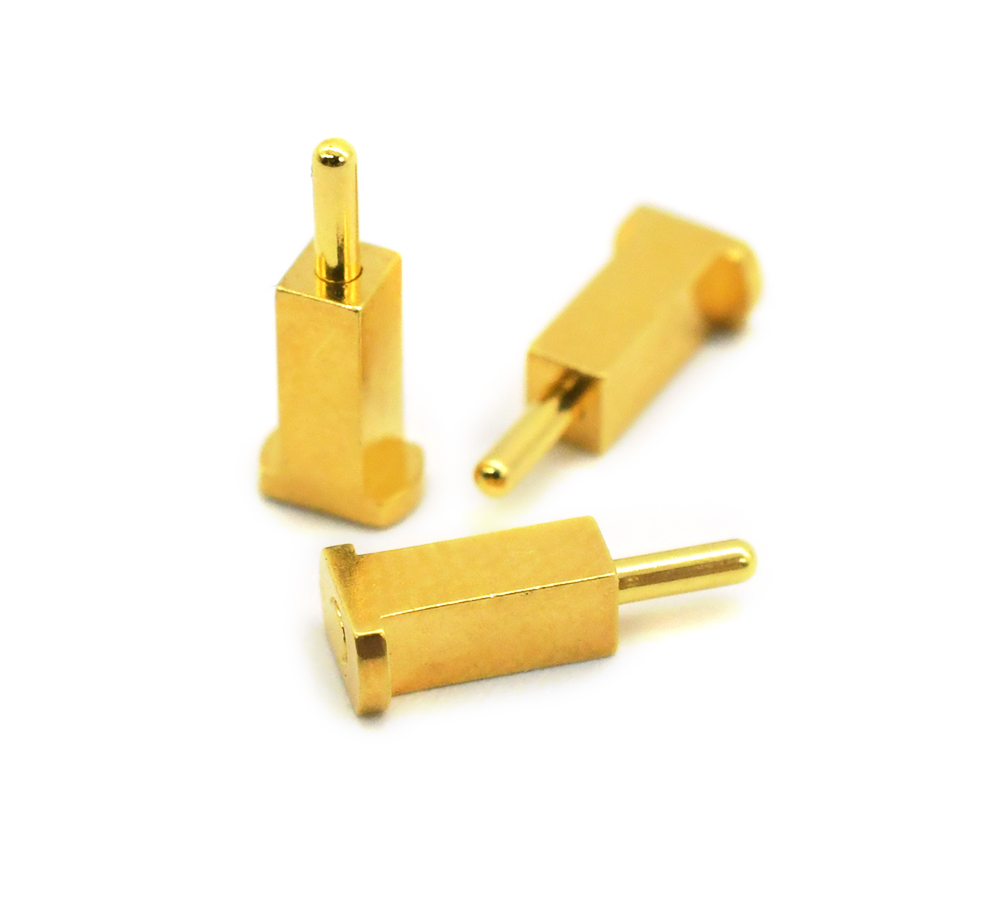Time:2025-05-08 Views:1 source:News

The mounting angle of pogo pins is a critical factor that can significantly impact their performance and the overall functionality of the devices in which they are used. Different mounting angles can affect electrical contact, mechanical stability, and the ease of assembly, and careful consideration is required during the design and installation process.
When pogo pins are mounted at a perpendicular angle (90 degrees) to the circuit board or the mating surface, they generally provide the most direct and stable electrical connection. This angle allows the spring - loaded plunger to apply consistent pressure directly onto the contact pad, ensuring good electrical conductivity. Perpendicular mounting is commonly used in applications where high - reliability connections are required, such as in power supply interfaces or critical data transfer points. However, this mounting angle may not always be feasible, especially in designs with limited space or complex geometries.
Angled mounting of pogo pins, such as 45 - degree or other oblique angles, can be useful in situations where space constraints or specific design requirements need to be met. For example, in some compact electronic devices, angled mounting can help route the pogo pins around other components, making more efficient use of the available space. However, angled mounting can introduce challenges in terms of electrical contact and mechanical stability. The contact pressure may not be as evenly distributed as in perpendicular mounting, and there is a higher risk of misalignment during assembly. To mitigate these issues, careful design of the pogo pin holder and mating surface is necessary, and additional mechanical support may be required to ensure stable operation.
The mounting angle also affects the insertion and extraction forces of the pogo pins. A steeper angle may increase the insertion force, which can make it more difficult to connect the pogo pins to the mating surface. On the other hand, a shallower angle may reduce the contact pressure and the overall reliability of the connection. Therefore, during the design process, engineers need to balance the mounting angle with factors such as contact pressure, insertion force, and mechanical stability to achieve the optimal performance of the pogo pins. By carefully considering the mounting angles of pogo pins, designers can ensure reliable electrical connections and efficient device assembly in a wide range of applications.
Read recommendations:
Anti electromagnetic interference magnetic connector